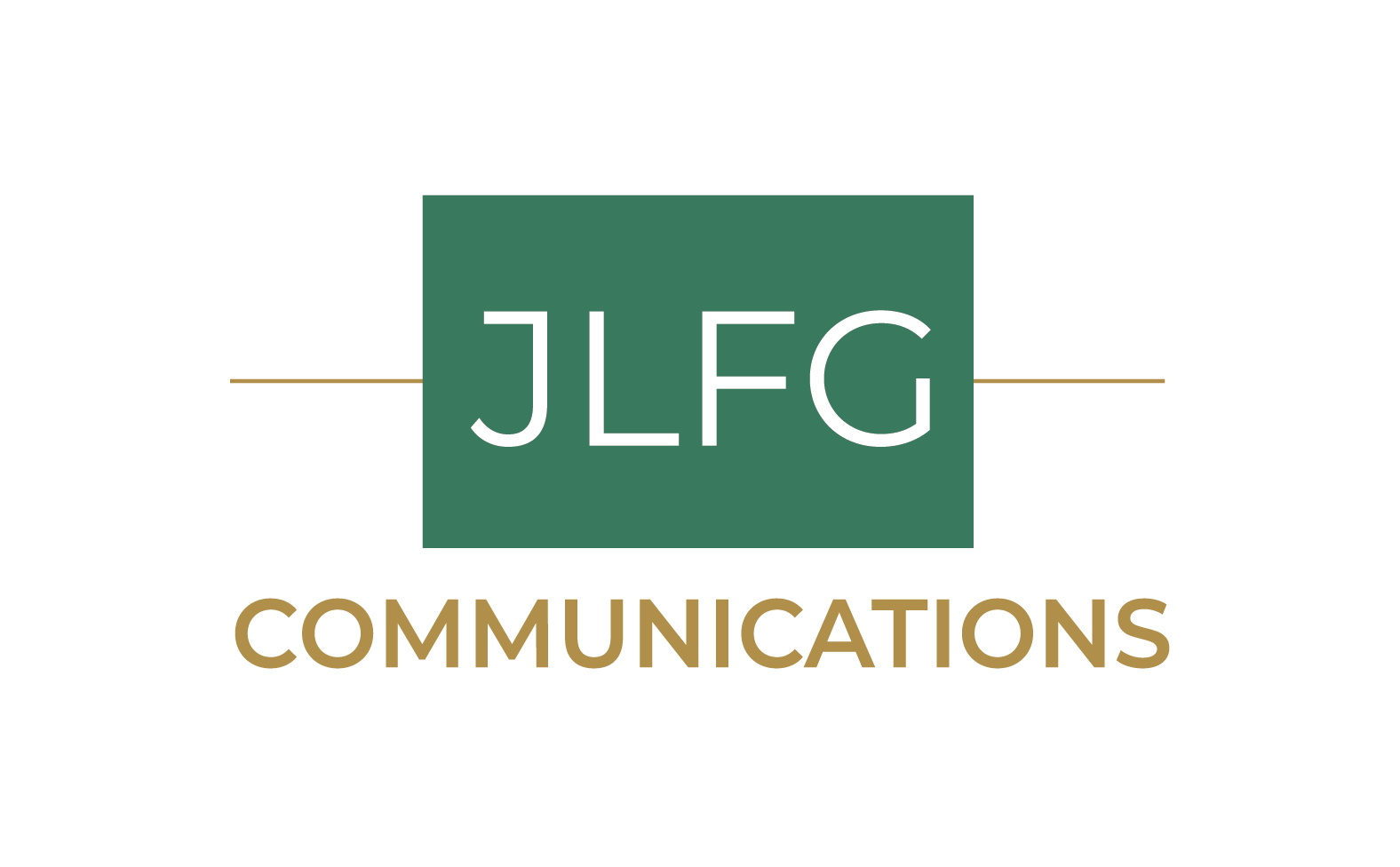Is Sustainable Marketing Possible? Yes, and It Won’t Be Easy
A book on sustainable marketing could have several possible audiences. Sustainable Marketing: The industry’s role in a sustainable future by Paul Randle and Alexis Eyre is squarely for marketing professionals who are interested in sustainability, concerned about the impact of their work on society, and curious about the concept that this book presents.
Randle and Eyre deliver a vision that reimagines the role of marketing. They turn marketing on its head, tearing apart the business-as-usual focus on marketing as the engine of growth for 70 years.
One step is for companies to examine how their organization contributes, positively or negatively, to each of the UN Sustainable Development Goals (SDGs). That in-depth analysis of the company’s starting point will likely require some difficult conversations. That, say Randle and Eyre, is the idea.
We can’t fundamentally change the role of marketing by editing copy to include phrases like “environmentally friendly” or “saving the planet.” That approach is more likely to lead to greenwashing than to positive change. Your company’s products are not going to save the planet. Perhaps they will help solve a societal or environmental problem, but overemphasizing benefits and glossing over drawbacks is part of why many people distrust marketers.
Randle and Eyre faced that distrust head-on when they enrolled in the Business Sustainability Management course at the Cambridge Institute for Sustainability Leadership. That’s where the two marketing professionals met. Their experience led them to develop a practical tool, the Sustainable Marketing Compass, and write this book.
The book introduces the Compass and much more. This is a comprehensive volume that covers sustainability basics and reviews the history of marketing. It lays out a case for putting a sustainability lens on marketing activities with a framework for making that happen. The authors point out that traditional marketing not only doesn’t advance the UN SDGs, but it contributes to the problems those goals aim to eradicate.
The push toward seeing people as consumers and encouraging them to buy more and more things that they don’t need is a big problem. Marketing is the driver behind planned obsolescence, where companies tout the latest model and convince customers to buy it even though the old one works perfectly fine. Marketing leads to impulse spending on items that people can’t afford or are detrimental to their health.
The authors recommend actions that I have also promoted. These include building bridges between marketing and sustainability professionals and learning more about your company's position on social and environmental issues. They also advise marketers to work with human resources (HR) to better engage employees throughout the organization.
Another key issue that many companies ignore is the carbon budget for marketing activities. Marketing accepts a level of inefficiency that wouldn’t be allowed in any other function. The result is wasted energy from sending emails people don’t read, printing up documents that go directly into the recycling bin, and making tons of branded merchandise that ends up in the trash.
Randle and Eyre put marketing inefficiency into perspective. “Nobody else in any other corporate function can…proudly proclaim that they are 1 percent efficient. Imagine HR boasting that they could retain 1 percent of staff, manufacturing that 1 percent of products they made worked.” Well said.
This book will be a tough read for some in marketing. Not because it is difficult to understand but because it exposes the problems that have come from many decades of marketing with economic growth as the primary driver. That needs to change.
I highly recommend this book for marketing professionals who want their work to positively impact society. The book is also useful for people working in other functions, with a caveat. The authors assume a basic familiarity with marketing. If you don’t have that, you might need to look up a few terms in the sections that toss in marketing jargon. That said, it’s worth the effort.
I hope that this book will convince companies in various industries to reimagine marketing as a glue that can connect employees company-wide and a source of content that tells an honest story.
